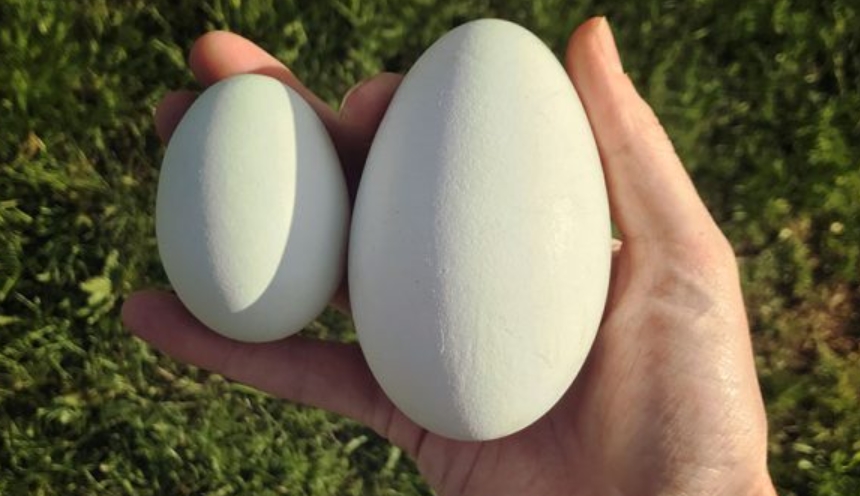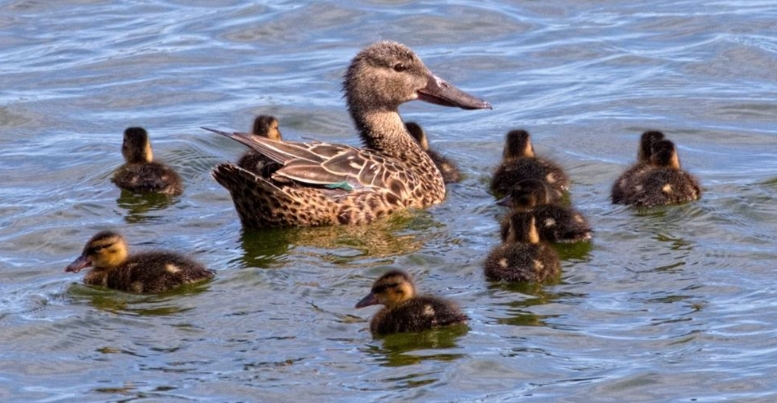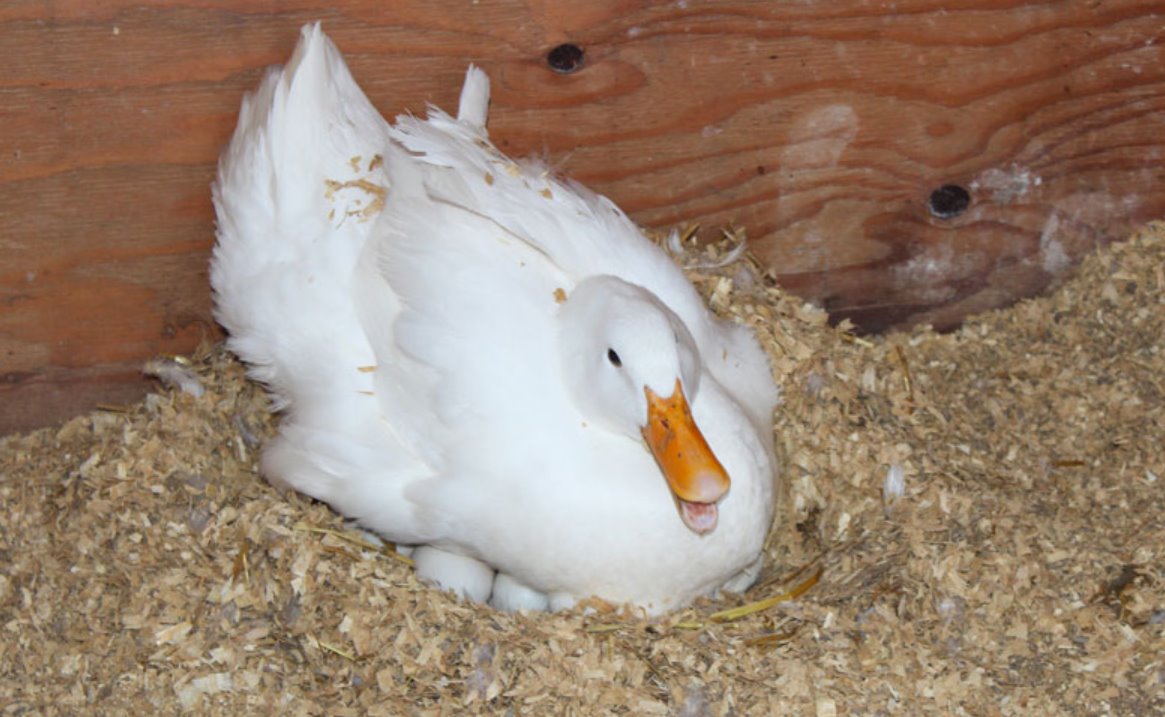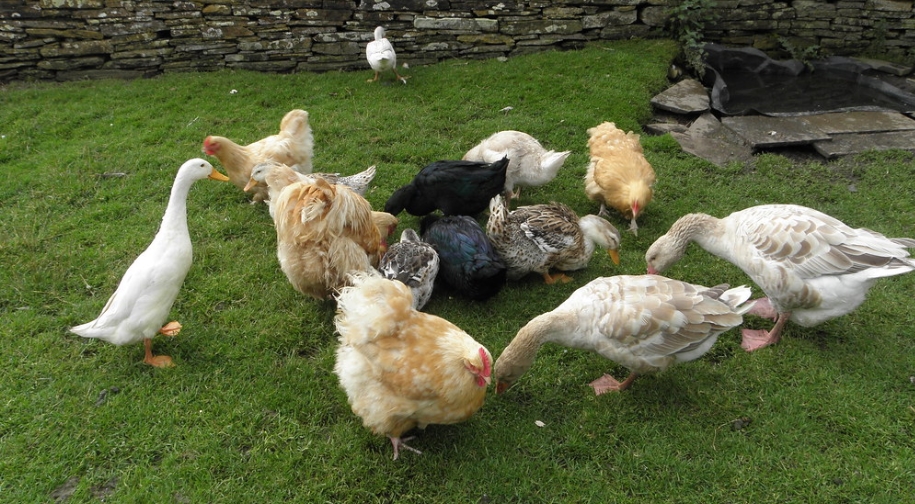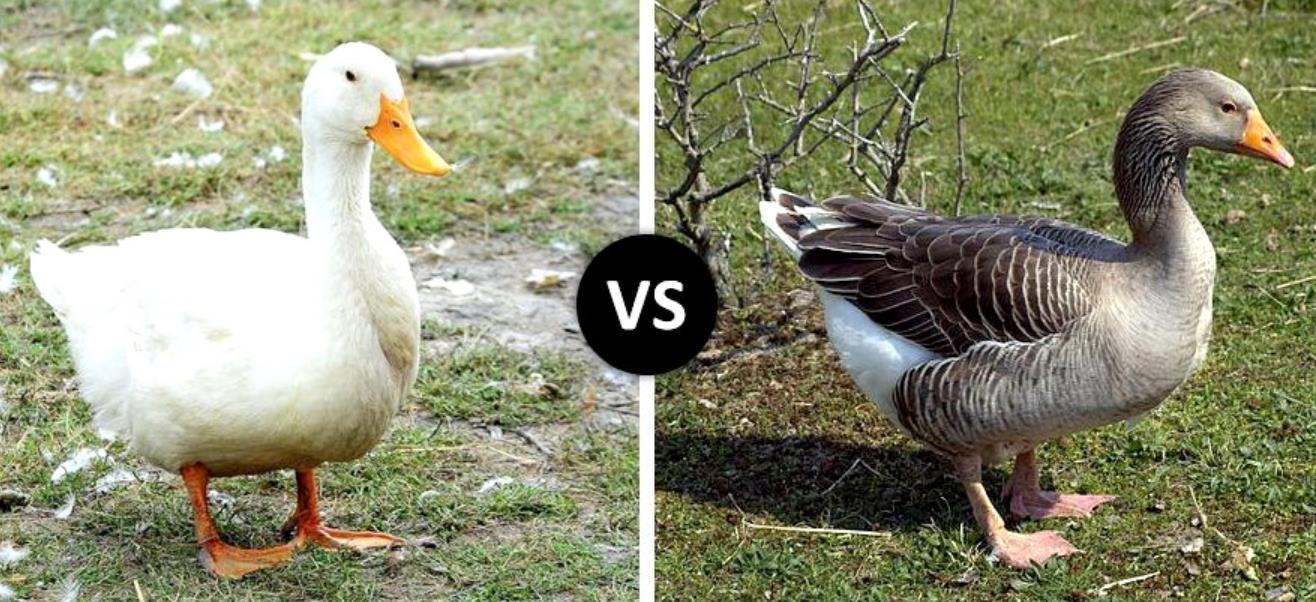
What is the difference between goose and duck? Goose are birds that live on land, are good at swimming, have swan-like bodies. Whereas duck is often translated the same as a duck. However, it turns out to have a difference between goose vs duck.
Table of Contents
The Definition Goose vs Duck
Goose is water birds of the genus Cygnus and family Anatidae. There are many species in this genus. Goose ‘divorce’ sometimes occurs if the nesting process fails and that is a monogamous animal.
Goose is the largest of the Anatidae, and one of the water birds that can fly. Three meters can reach a length by their wingspan. In the adult, they have a mark of skin between the eyes and beak that is not covered with feathers.
Male goose and female goose are almost similar, which is showing no dimorphism. Generally heavier and larger is the size of the male goose. Found in temperate regions, whereof Goose is generally.
Goose eat their food in water and on land. Although a small number of small aquatic animals fall prey to them so they are always herbivorous. In the waters, filtering water, and consists of roots, stems, is to get their food and leaves of aquatic plants and some plants in water.
Whereas Duck (Anas platyrhynchos) is a poultry animal that is still close to the Goose (Cygnus olor) and also duck or (Cairina scutulata). Ducks have a size slightly smaller than goose, with a weight that can reach up to 1.4 – 2.5 kg.
Habitat Ducks usually they really like the muddy waters. Because these animals adapt morphologically. Food in the form of grass, insects, some amphibians, worms and some mollusks, aquatic plants, fish, and such as small snails.
Usually, the male body has a longer body. Compared to female ducks which have a slightly short and rounded body. Walk a little upright and not so curvy when compared with stuck.
Goose vs Duck, Do You Know The Difference?
1. The Difference of Body Shape
In English, duck is called duck, long-necked goose are called swan, and the short-necked called goose. Duck is the smallest body than Goose bodies, but both have long-necked and short-necked goose. Ducks have a length of about 30 – 50 centimeters with a weight of about 1.5 kilograms even more.
Long-necked goose has a body length of about 150 centimeters and weighed up to 12 kilograms. While goose has a weight up to 6.5 kilograms and length about 70 – 110 centimeters. Long-necked goose has a length reaching 150 centimeters.
Long-necked goose has a length reaching 150 centimeters. Short-necked goose is about 70 to 110 centimeters long.
2. The Difference in The Neck
Ducks have long necks, but not as long as short-necked geese and long-necked geese. The longest neck compared to the others is belong to the goose.
Depends on the species is the length of a goose’s neck. Some of the species have a long neck like a duck, sometimes are longer than duck, but sometimes have long necks with long-necked goose. That’s the difference between goose vs duck that is most easily recognized.
3. The Difference of Wings
Ducks and short-necked goose both have wings and can fly. Rather short, strong, and require fast movements to fly belongs to duck wings.
Rather short and strong is short-necked goose wings. Aided by strong wing muscles when flying is the expertise of them. Longer and stronger is belongs to long-necked goose wings, that can reach about 3 meters or even more.
Long-necked goose has a length reaching 150 centimeters. Long-necked goose has a length reaching 150 centimeters. Length about 30 – 50 centimeters is belonged to duck.
4. The Difference in Coat Color
Goose vs duck has different colored feathers, depending on the type. There is a duck that is green in the head and gray color in the wings and belly, also brown. In addition, there is also a black color on the head and wings, but the hair is white.
Gray color, black and white usually belongs to the short-necked goose. Long-necked goose is famous for its beautiful white, but sometimes are black, and sometimes both.
5. The Characteristics of Goose
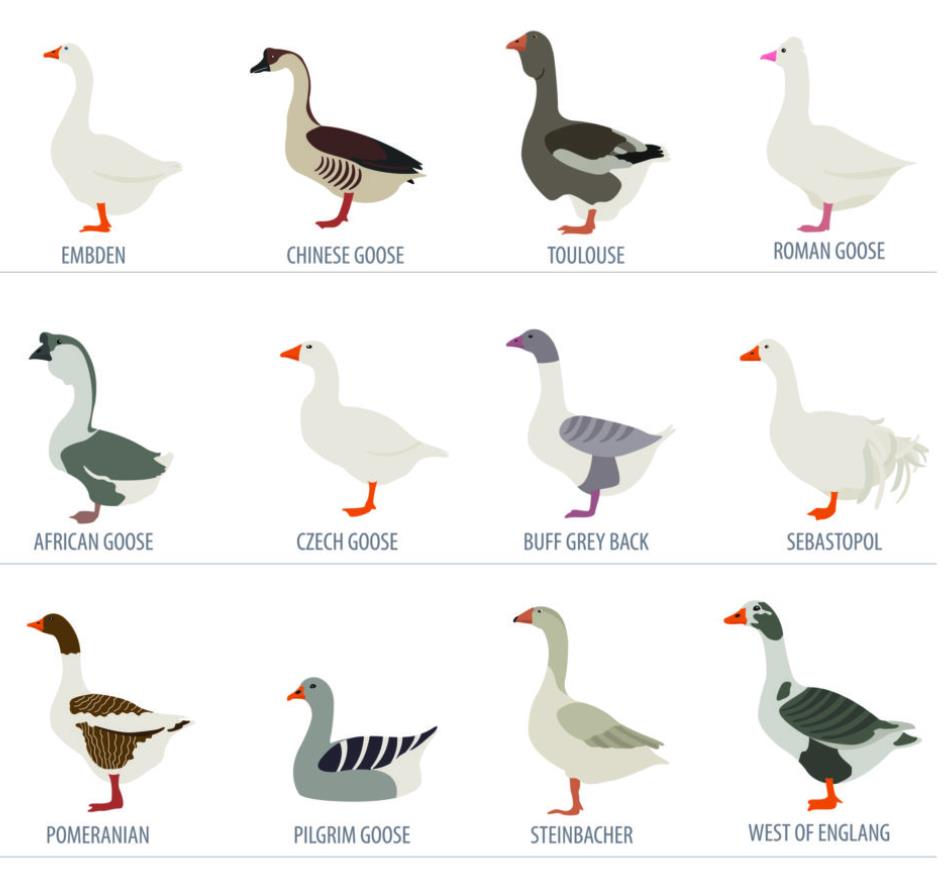
As for the characteristics of geese as follows: Having a long neck size. Goose has a pair of ears but does not have auricle. The size of the beak is quite long and wide at the edges.
Goose beak can be used to forage in water. Feathers are coated with natural oils, so even if the goose is in the water the feathers will still look dry.
Other features are the goose has toes accompanied by a membrane, the size of the membrane on the fingers of the swan is quite large and wide, so do not be surprised if the goose, including animals that are good at swimming; Almost his entire body is covered by feathers.
Still with the characteristics of swans, namely the way the swan’s breed is by laying eggs. The swans maintain and incubate the eggs for approximately 28-40 days or until the eggs can hatch.
Goose has a large egg size when compared with the size of duck eggs in general, swan eggs are believed to contain several important compounds for the human body.
6. The Characteristics of Duck
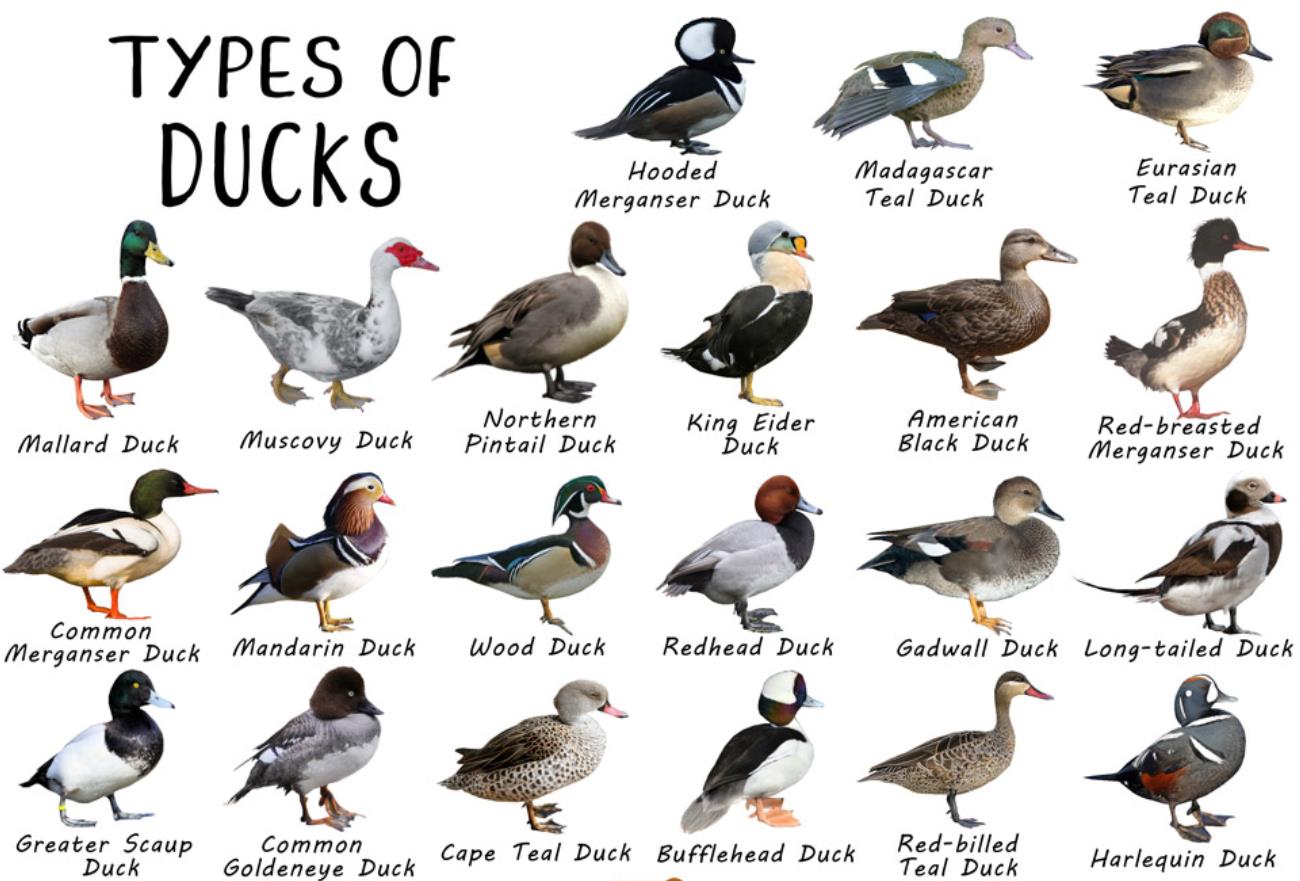
The characteristics of ducks include: Generally, female ducks are more fussy and loud when compared to male ducks which are slightly softer; In both legs have a swimming membrane, to help ducks swim, when used in water the membranes will expand and the duck will throw them into the water.
For male ducks, the tail feathers are curved by upward while the females do not. It has an average weight of about 1.4 to 2.5 kg and the extension is about 50 cm to 76 cm. In general, ducks have a brown color. But there are also white and black and mixed.
Basically, the cultivation of ducks is done to take the meat. Although ducks are also able to produce eggs, their first priority is meat that is in accordance with market demand. Ducks have characteristics such as being fat, horizontal walking, and slow movements.
Whereas ducks are waterfowl that are normally cultivated for eggs. Characteristics of ducks are lean, agile movements, and walking upright. There are 2 types of duck breeds namely superior duck and medium duck. Even though ducks are producing fewer eggs, they are larger in size.
That’s the thing about differences between duck and goose. It turns out that goose vs duck is different exactly on physically, although both aquatic birds can
